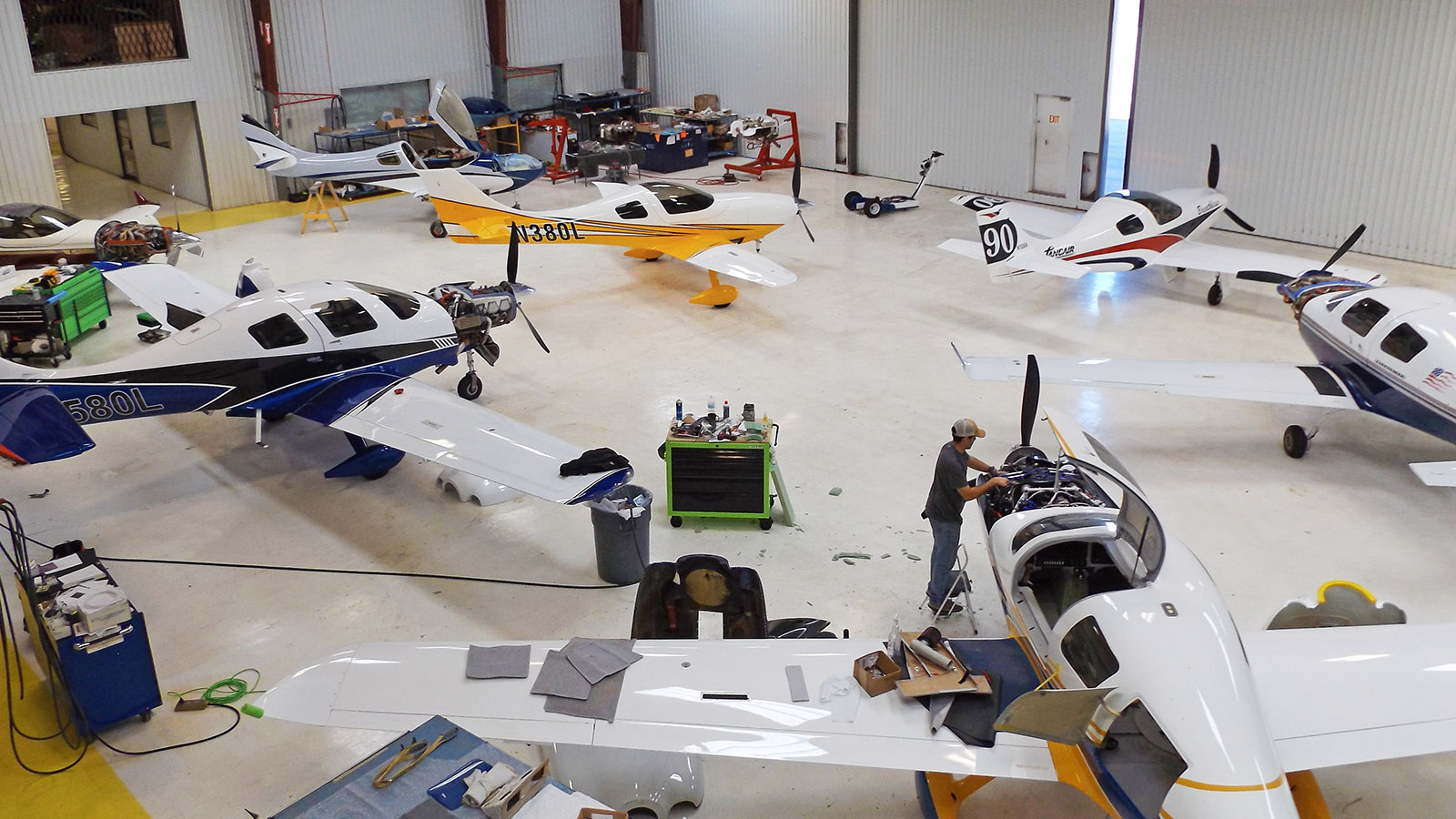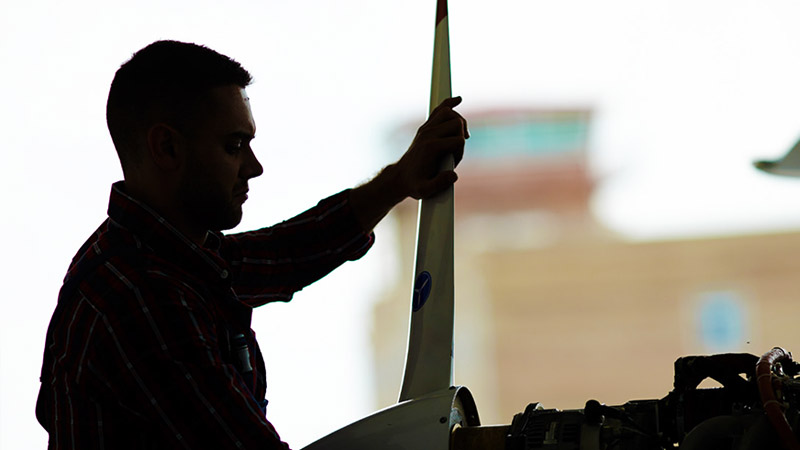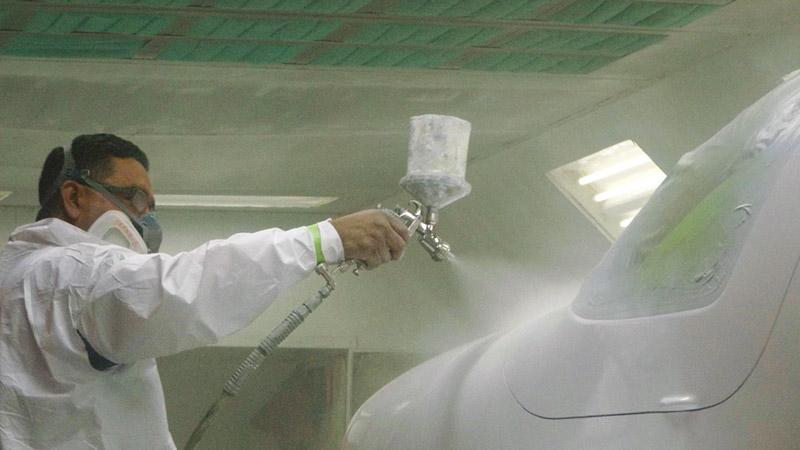Tips for Proper Preflight
There are many opinions concerning whether something should be included on a preflight. Lancair’s professional flight engineer who has thousands of hours doing preflights says, “If it’s on the aircraft and visible, it needs to be checked before flight.” Security of attached parts, condition of tires, brakes, fluid reservoirs, lines and fittings, flight controls? MOST DEFINITELY!
We have seen experienced pilots just jump in and go. BAD MOVE! The old saying “complacency kills” is a very valid statement. In the engineering world the 1000-1200 flight hour mark is when pilots have a tendency to become dangerous. You suffer from “know it all” syndrome and become complacent. Check ALL your equipment before you take-off. It only takes a few minutes and will save you a lot of grief when you least need it. We suggest making a checklist for preflight and USE IT. Be consistent and thorough with your inspection and you might just be surprised what you may find. It’s a lot easier to fix when you are still on the ground.
Adjusting the fuel pressure on Continental IO-550-N engines
When adjusting the fuel pressure on Continental IO-550-N engines you must first set the mixture. Adjust the idle speed screw to obtain 600 RPM. Retard the mixture control- you are looking for a rise of 25-50 RPM as the engine dies. Less than 25 indicates a lean condition; more than 25 indicates a rich condition. Run the engine at approx. 1500 RPM for several seconds to clear the system between readings. After this is set you should move on to the next step in the procedure, which is reading and adjustment of the unmetered pressure setting of the fuel pump. At 600 RPM you should have 12-10 psi, and approx. 5 psi metered pressure. At 2700 RPM you should have 212-32 psi. and 19-21.3 metered pressure, and 150-160 pph fuel flow. Low speed adjustments are made at the rear of the pump. Metered adjustments are made at the orifice on the side of the pump. A special tool can be fabricated from a standard allen wrench. After making adjustments, mixture settings should be rechecked and adjusted as necessary. The Continental service bulletin covering these adjustments is SB-97-3B.
Oil Change & Filter Replacement
On Lycoming engines, a medium sized freezer bag placed over the oil filter and adapter will allow you to unscrew the filter and catch the oil in the bag. This will not work on Continental engines; however, if you use a punch or some other pointed tool to punch a hole in the top of the filter and allow it to drain for awhile it will not make a mess. A trough can be fabricated out of thin aluminum to fit under the drain plug in the pan to divert the oil to the bucket. An effective fuel injection nozzle removal tool can be made by turning down a 12 point 1?4 inch socket in a lathe to almost non-existence and then cutting flats for a wrench at the top of the socket.
Fuel injection set-up: KEEP IT CLEAN
During a fuel injection set-up on a customer’s Legacy the unmetered fuel pressure jumped from the upper limit of 32 psi to 44 psi all by itself. Investigation revealed fuel contamination due to sanding residue left in the wings. This contamination was in the entire fuel injection system and ending up being a costly repair. We would advise everyone to triple flush the wings before installation, and no matter how hard it is, remove the cowl and clean the gascolator and the internal filter during the first few hours of operation. Remember, this is the last line of defense before the fuel injection system. We also discovered that someone left the O ring out of the gascolator completely. They used some kind of sealant to keep it from leaking. Not really smart.




